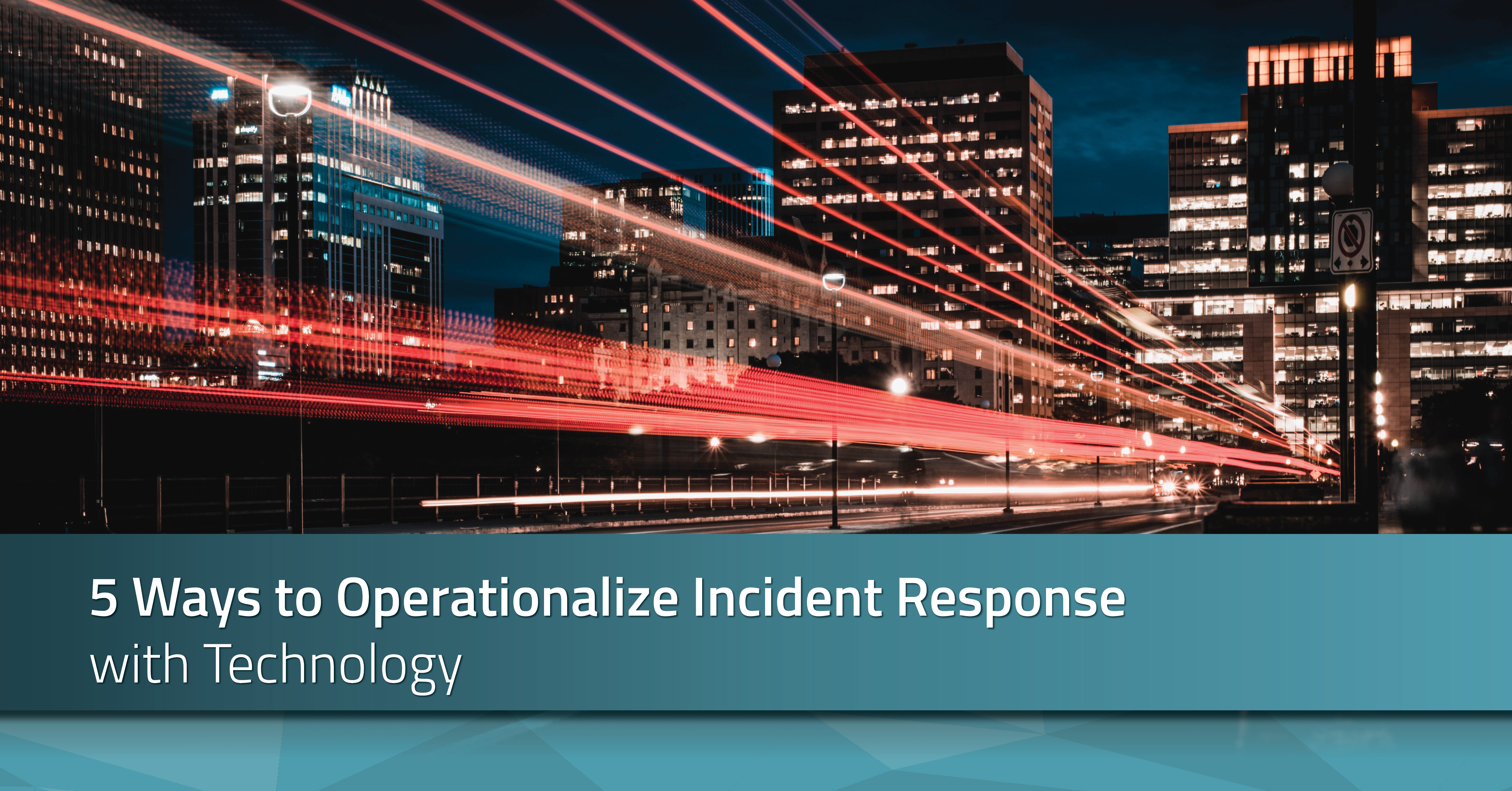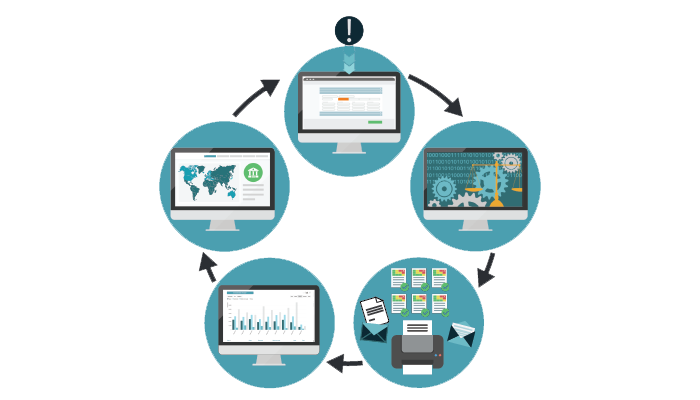
“No two incidents are alike” – how often have we heard this refrain from privacy and legal professionals? While it’s true that the details of every incident are unique, the risk factors associated with incidents are not unique. Consequently, this saying has created a misconception that privacy incident risk assessment requires a special touch and cannot be automated.
In reality, the reverse is true.
No two incidents may be alike, but the way that you manage those incidents, document the details, and perform a multifactor risk assessment can be made 100% consistent and streamlined – using purpose-built software and risk analysis automation. The fact that no two incidents are exactly alike doesn’t remove the requirement for ensuring consistency in making notification decisions, which makes software-based incident risk profiling and risk quantification technologies necessary.
Automation in incident response eliminates the subjectivity and inconsistency that is inherent in manual approaches and has been used for years to improve data security and decision-making, and the consistency provided goes a long way for auditors and public trust.
Now more than ever, technology is able to bring innovation to privacy programs, and help privacy and legal professionals with better decision-support capabilities to manage mounting regulatory complexities domestically and internationally.
An effective incident response framework ensures consistency and efficiency while producing the necessary management metrics that otherwise wouldn’t be possible.

Here are five ways to operationalize incident response with technology.
1. Quick & Consistent Incident Intake
Since many departments use their own tools to track and resolve incidents, providing your team with decentralized incident intake forms can help streamline incident intake methods and bring consistency to the incident details captured. Using a web portal, team members from different departments or even different locations can log incident data for privacy teams to access immediately. Furthermore, if additional data is discovered, the Radar intelligent incident response platform allows users to add new information to existing logs, and conduct automated risk assessments based on the new information, and provides timely alerts to security and privacy and teams for immediate action.
2. Multi-Factor Risk Assessment
The Radar intelligent incident response solution guides users through a consistent and intuitive process for profiling the risk factors and scoring any data privacy or security incident to determine whether an incident qualifies as a notifiable is a data breach. The Radar Breach Guidance Engine™ generates an incident-specific heat map that quantifies the risk of harm, generates a response plan, and outlines notification decision-support guidance according to the applicable laws, documenting the process to support the organization’s burden of proof obligation under various state, federal, international and industry-specific breach laws.
3. Breach Notification Letters
Once it’s determined an incident requires notification, managing the notification process and generating notification letters to individuals, regulatory agencies, and business clients brings additional workflow complexity. A system that alerts you of notification deadlines, format, and content requirements with seamless integration to create and manage the actual letters completes the incident response lifecycle and builds a central repository of all notifications to prove compliance.
4. Trend Analysis & Reporting
Through reporting and dashboards, an automated system affords top-level views into your organization’s privacy program, making it easier to identify trends and uncover insights important for the continuous improvement of your incident response process. Examples of key metrics for any privacy program:
- Average time between incident discovery and reporting to privacy office, from incident creation to closure, or to perform a multi-factor risk assessment.
- Percentage of incidents requiring mandatory notification, contractual notification, or involving multiple jurisdictions.
- Frequency of missing notification due dates (regulatory & contractual).
- Trends in incident volume by root cause, category (electronic or paper), number of records, or source (internal or 3rd party).
- Industry benchmarks to compare incident response with your peers.
5. Staying Current with Laws
The myriad of breach notification laws create a complicated landscape for privacy, security, and legal teams responsible for risk mitigation and regulatory compliance across multiple jurisdictions and contractual data security obligations. The RadarFirst regulatory team continuously tracks changes in data breach notification laws for you, so you can expect to always be compliant with new and changing laws immediately upon the law’s enforcement date.
The effectiveness of compliance programs depends on how well a privacy framework is operationalized, using automation and best practices. Privacy professionals, aided by the Radar solution, are able to operationalize incident response frameworks and provide native capabilities to easily collect, track and measure these performance metrics.

